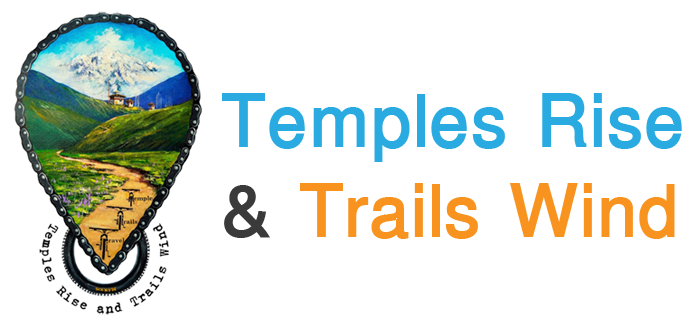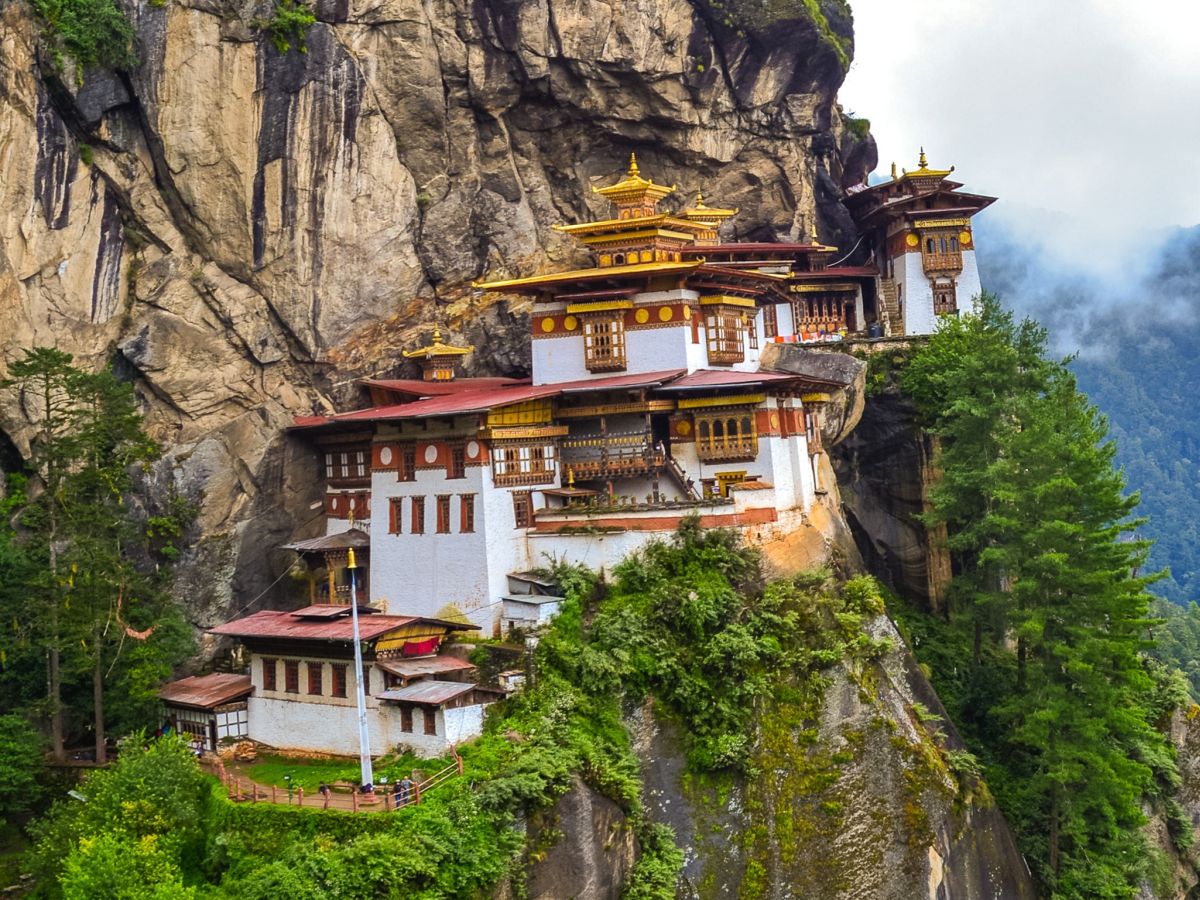Bhutan, officially the Kingdom of Bhutan, is a landlocked country in South Asia, situated in the Eastern Himalayas. It shares its northern border with China and its southern border with India, with Sikkim separating Bhutan from Nepal. Covering 38,394 square kilometres (14,824 sq mi) with a population of over 800,000, Bhutan ranks 133rd globally in land area and 160th in population. The nation operates as a constitutional monarchy, with the Druk Gyalpo (king) serving as head of state and a prime minister heading the government. The Je Khenpo presides over the state religion, Vajrayana Buddhism.
Geographic and Political Overview
The capital and largest city, Thimphu, is located at 27°28′N 89°38′E and houses about 15% of the population. Bhutan is governed as a unitary parliamentary semi-constitutional monarchy. Its legislative structure comprises the National Council (upper house) and the National Assembly (lower house). The country’s rugged terrain rises from lush subtropical plains in the south to Himalayan peaks exceeding 7,000 metres (23,000 ft) in the north. Gangkhar Puensum, the world’s highest unclimbed mountain, is Bhutan’s tallest peak. Bhutan is renowned for its diverse wildlife, including the Himalayan takin and golden langur.
International Standing
Bhutan is a founding member of SAARC and participates in organizations such as BIMSTEC, the IMF, and the World Bank. The country ranked 3rd in South Asia on the Human Development Index in 2020 and is celebrated for being among the most peaceful nations worldwide. Its hydropower reserves rank among the world’s largest, although climate change-induced glacial melting poses a significant concern.
Culture and Traditions
Bhutan’s cultural identity has remained largely intact due to its historical isolation. Buddhism influences many customs, and Hinduism predominates in southern Bhutan.
Traditional Dress
Gho: A knee-length robe for men, secured by the kera. Kira: An ankle-length dress for women, worn with the wonju (blouse) and toego (jacket). Social status determines garment textures and decorations. Scarves (rachu for women, kabney for men) signify rank, with red scarves being highly prestigious.
Architecture
Bhutanese buildings, including dzongs (fortresses), use traditional materials without nails or iron bars. Bhutanese-style architecture has influenced structures like the University of Texas at El Paso.
Music and Dance
Cultural expressions include the Cham dance and music forms like zhungdra, boedra, and the modern rigsar, influenced by Indian and Western genres.
Cuisine
Bhutanese cuisine is characterized by its use of red rice, chili peppers, and yak cheese. Notable dishes include ema datshi (chili-cheese stew). Common beverages are butter tea, locally brewed ara, and beer.
Sports
Archery is Bhutan’s national sport, differing in style and setting from the Olympic version. The traditional game of khuru (darts) and the digor (similar to shot put) are also popular. Bhutan remains one of the last places on Earth where tradition and modernity harmoniously coexist, embodying the essence of its moniker, “The Last Shangri-La.”



